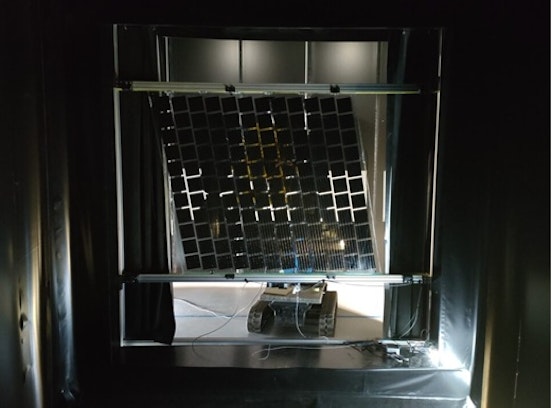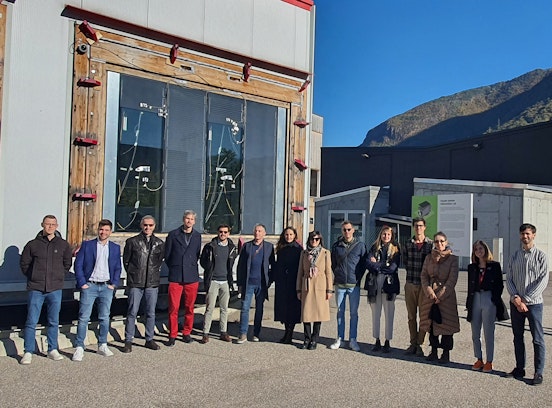Institute for Renewable Energy - Overall energy system modelling and e-mobility - News & Events - Electric vehicle charging infrastructures: data analysis of the Trentino – South Tyrol network.
Electric vehicle charging infrastructures: data analysis of the Trentino – South Tyrol network.
Eurac Research recently published a study in the scientific journal Applied Sciences on monitoring data of electric vehicle charging infrastructure in Trentino-South Tyrol.
Eurac Research recently published a study in the scientific journal Applied Sciences on monitoring data of electric vehicle charging infrastructure in the Trentino-South Tyrol region of Italy, providing a detailed and varied representation of charging behavior that includes not only common data such as the duration and start time of charging, but also crucial data to assess the impact of the network, such as the hourly power demand from each type of charging point.
The study, developed within the frame of the Zero Emissions Life IP LIFEAlps research project, aims to analyze the growth and distribution of electric vehicle charging stations, to assess energy consumption and to identify temporal and spatial trends in charging station usage. “The innovative aspect of this article lies in the extensive scope of the regional case study, which, unlike other studies in the literature, encompasses a diverse range of spatial and geographical areas and includes various types of charging points, both AC and DC, with different nominal capacities. This breadth allows for the examination of multiple factors influencing the utilization of charging points” says Aaron Estrada, first author of the study.
The monitored data are also compared with data obtained through grid impact simulation models using the emobpy tool to validate and refine predictive approaches. “Unlike other approaches in the literature, emobpy includes parameters such as daily vehicle movements, which influence the likelihood of finding an available charging point and the usable nominal capacity. This allows for a more precise definition of the power profiles required from the network for vehicle charging”, reports Giuseppe Rotondo, co-author of the study.
The results of the study highlight the importance of high-quality input data for reliable grid planning, emphasizing the need for strategically located charging points to support the transition to electric mobility. Wolfram Sparber, director of the Institute of Renewable Energy and co-author of the study, states "The article reports interesting facts about the development of the electric vehicle charging network at regional scale. For example grew the number of charging stations by 44% from 2021 to 2023 (from 673 to 970), while in the same time frame the overall energy charged grew by 390% (from 936 MWh to 4590 MWh). Showing a strong increase in the utilization of electric vehicles in South Tyrol and an increase of utilization of each single charging point. The large amount and high degree of detail of the data collected from real world utilization can serve as solid foundation for future research and modelling activities on charging station utilization and impact assessments on the electricity grid.”
Original article available here










